LSD
buy LSD acid online
Generic Name: Lysergic acid diethylamide (LSD)
Common or street names: LSD is sold under more than 80 street names including: Acid, Blotter, acid, Doses, Dots, Trips, Mellow Yellow, Window Pane, as well as names that reflect the designs on sheets of blotter paper (for example, “purple dragon”).
What is LSD?|buy LSD acid online
LSD (lysergic acid diethylamide), first synthesized in 1938, is an extremely potent hallucinogen. Hallucinations are when you see, hear, feel, taste, or smell something that seems real but is not. It is commonly called Acid.
LSD is synthetically made from lysergic acid, which is found in ergot, a fungus that grows on rye and other grains. It is so potent its doses tend to be in the microgram (mcg) range. It’s effects, often called a “trip”, can be stimulating, pleasurable, and mind-altering. It some cases it can lead to an unpleasant, sometimes terrifying experience called a “bad trip”.
In the U.S., LSD is illegal and is classified by the Drug Enforcement Agency (DEA) as a Schedule 1 drug, meaning LSD has a high potential for abuse, has no currently accepted medical treatments, and has a lack of accepted safety for use under medical supervision. However, despite being a Schedule 1 substance, there has been a resurgence of interest in potential therapeutic uses for LSD, such as for the treatment of alcoholism and depression. Studies that conform to modern research standards are currently underway that might strengthen our knowledge on the use of LSD.
LSD is produced in crystalline form and then mixed with other inactive ingredients, or diluted as a liquid for production in ingestible forms. It is odorless, colorless and has a slightly bitter taste.
Active doses for LSD between 0.5 and 2 mcg/kg (100–150 mcg per dose). Its half-life is about 3 hours, but ranges between 2 hours and 5 hours, and the psychoactive effects can last up to 12 hours.
LSD is usually found on the streets in various forms, for example:|buy LSD acid online
- blotter paper (LSD soaked onto sheets of absorbent paper with colorful designs; cut into small, individual dosage units) – the most common form
- thin squares of gelatin (commonly referred to as window panes)
- tablet form (usually small tablets known as Microdots) or capsules
- liquid on sugar cubes
- pure liquid form (may be extremely potent)
Some people may inhale LSD through the nose (snort) or inject it into a vein (shoot it up). There is no way to predict the amount of LSD that is contained in any form consumed.
Other hallucinogens include:
- Psilocybin (Magic Mushrooms, Shrooms)
- Mescaline (Peyote, Buttons, Cactus)
- Phencyclidine (PCP, Angel Dust)
- Ayahuasca (DMT)
- Salvia divinorum (salvia)
- Ecstasy (MDMA or “Molly)
Effects of LSD Use
LSD is a mind-altering drug. It is thought LSD causes its characteristic hallucinogenic effects via interaction with the serotonin receptors in the brain. Serotonin is a neurotransmitter that helps control your behavior and mood, governs your senses, and moderates your thoughts.
The physical effects of LSD are unpredictable from person-to-person. Usually, the first effects of the drug when taken by mouth are felt 30 to 45 minutes after taking it, peak at 2 to 4 hours, and may last 12 hours or longer. Use by the intravenous (IV) route will produce a much quicker action, usually within 10 minutes. Effects include:
- hallucinations
- distorted visual perception of shapes, colors
- altered sounds
- anxiety and depression
- flashbacks (a return of the “trip” experience) days or months later
- rapid heart rate, increased body temperature and high blood pressure
- dilated pupils
Extreme changes in mood can occur. If taken in large enough doses, the drug produces delusions and visual hallucinations. Overdose can lead to severe psychosis. Death is often due to a direct injury while under LSD influence; there is no known lethal dose of LSD.
The physical effects can also include nausea, loss of appetite, increased blood sugar, difficulty sleeping, dry mouth, tremors and seizures.
The user may also experience impaired depth and time perception, with distorted perception of the size and shape of objects, movements, color, sound, touch and their own body image. Sensations may seem to “cross over,” giving the feeling of hearing colors and seeing sounds. These changes can be frightening and can cause panic. Some LSD users also experience severe, terrifying thoughts and feelings, fear of losing control, and fear of insanity or death.
Treatment for LSD Use
Once a decision is made to obtain treatment, there are several steps to take.
- Speak to a healthcare provider to help direct you to reliable sources of help and monitor your progress.
- Talk therapy (behavioral counseling) and group counseling may be an option to help you understand your behaviors and why you continue to use LSD.
- Keep your appointments and follow your providers treatment plan. Consider including trusted family or friends in your treatment plan.
- Take good care of yourself: exercise, eat healthfully, and control your stress level. Surround yourself with supportive people.
- Added medical therapy may be needed to treat symptoms due to drug use, such as anxiety, depression, or schizophrenia.
- Work to find new hobbies and interests that will take your mind off of drug use. Consider a volunteer opportunity.
- Each day make an effort to stay away from people who abuse drugs, even if they are former friends.buy LSD acid online

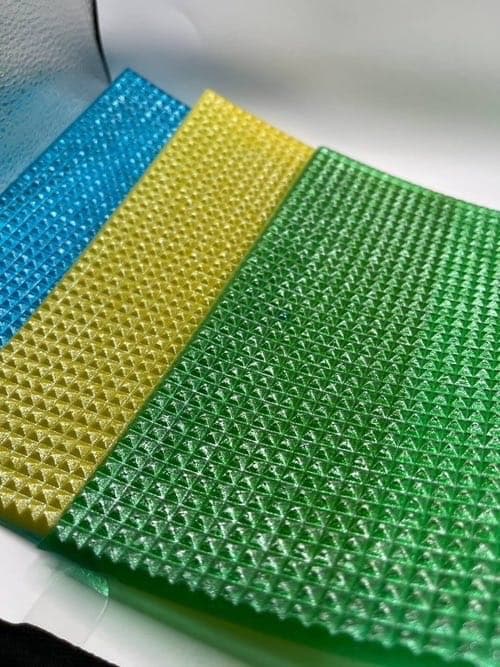
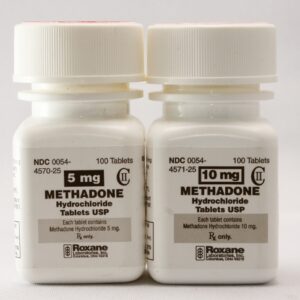
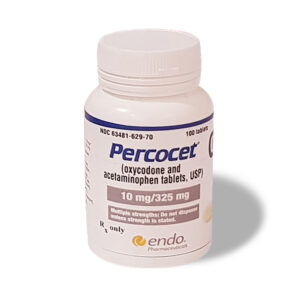
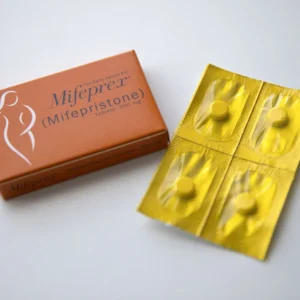
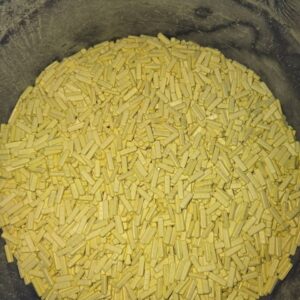
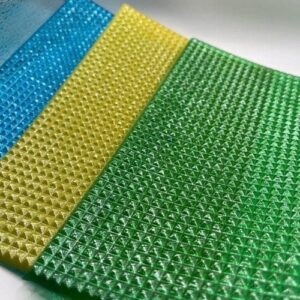
Reviews
There are no reviews yet.